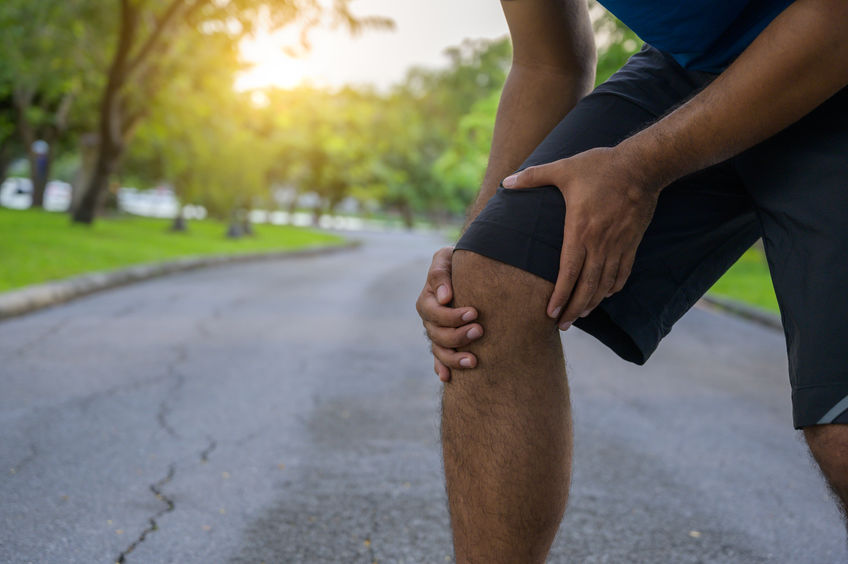A Modern Surgery To Help Joints Move Smoothly
Patients with advanced osteoarthritis and end-stage joint disease are typically recommended for total joint replacement surgery. For many people, a total joint replacement, such as a knee or hip replacement, is the best option to relieve pain and improve overall joint function. Total joint replacement surgery can be highly effective in helping people return to active, pain-free lives. For adequate recovery, patients are recommended to take steps to reduce swelling after surgery.
Swelling can lead to complications
Pain and swelling are common after surgery and throughout the entire healing process. Reducing swelling in the joint can prevent complications such as blood clots, deep vein thrombosis, and infections. While the risk of complications associated with total joint replacement surgery is considered low, there are still recommendations patients need to follow to stay healthy and recover quickly.
Ice regularly
Swelling is expected after surgery. Over time this swelling around the joint should decrease with the use of proper interventions. Apply ice packs or cold compresses to the recovering joint to reduce swelling 3-4 times a day. Do not apply ice to the joint for longer than 20 minutes at a time. In addition, allow for time between ice packs for blood to return to the joint. It is common to follow the rule of thumb of 20 minutes on, 20 minutes off. Avoid using heat, as this will increase inflammation.
Elevation is key
Elevation can help reduce swelling and lower the risk of blood clots following a hip or knee replacement. Elevate the operated leg above the heart level to allow the fluid to flow back to the body from the legs. Similar to icing, patients are recommended to elevate in intervals. Consult with the healthcare team for any additional tips for how to elevate correctly.
Compression devices
Compression stockings, or anti-embolism socks, are often prescribed as an ordinary course of post-surgical interventions. Compression devices are stockings that continually apply pressure to the lower extremities. These can be knee-high or thigh-high stockings depending on your surgeons’ recommendations. Compression stockings assist in preventing blood clots and reduced swelling.
Activity is essential
Exercise is vital to the recovery process after surgery. Doctors often advise patients to begin moving immediately after surgery to increase blood flow and help regain strength in the new joint following a total replacement. One exercise to improve circulation and prevent blood clots is ankle pumps. To do an ankle pump, point and flex both feet slowly. In addition, there are several easy-to-do exercises that a therapist may recommend.
Anti-inflammatory medication
After surgery, most people will take oral pain medication. In addition to narcotics, prescribed medicines include nonsteroidal anti-inflammatory drugs such as ibuprofen or naproxen, which naturally assist in decreasing inflammation and pain. Your provider may recommend other over-the-counter medication for several weeks to reduce continued inflammation and pain.
Speedy recovery with successful results
Swelling following a joint replacement will gradually decrease over a few weeks or months for most patients. Regular management of swelling after surgery can lead to a quicker recovery and more effective results. For additional recovery advice, speak with your surgeon and therapy team.



